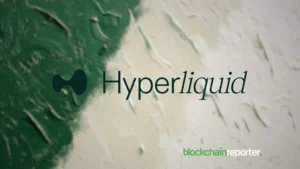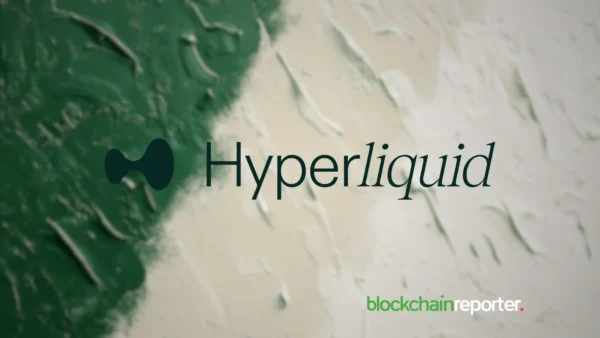
Singapore’s Central Bank is ready to integrate its blockchain-based payment protocol with commercial applications. The move aimed to develop a network that will facilitate faster and cheaper international settlements.
The Monetary Authority of Singapore (MAS) partnered with Temasek and JP Morgan to develop the multi-currency payments network prototype. The Project dubbed Project Ubin is a blockchain-based which started in 2016. Its objective was to explore the use of blockchain technology in clearing and settlement of payments and securities.
Now Ready For Adaptation
The Central Banking Authority and Temasek announced on Monday that the 5th research cycle was complete. They said, “the next leap will be implementing live commercial solutions to solve real-world challenges.” The Project has been running as a multi-currency payments platform and is leveraged work on a blockchain and digital currency at U.S. investment bank J.P. Morgan. The Central Bank’s Chief Fintech Officer Sopnendu Mohanty said the experimentation stage was over, adding that it was now ready for adaptation. He added:
“Following the successful experimentation over five phases, we look forward to greater adoption and live deployment of blockchain technology.”
In the press release, MAS said that the prototype had already successfully settled payments in different currencies within the same network. The Authority added that the commercial applications of the network include cross-border payments in multiple currencies. Others are foreign currency exchanges and the settlement of foreign currency-denominated securities. The prototype will integrate with blockchain-based platforms to enable end-to-end digitalization. Mohanty added:
“Project Ubin has worked with the financial industry and blockchain community on a journey of experimentation, prototyping, and learning […] this has built a strong foundation of knowledge, expertise, and experience, and paved a path towards commercial adoption.”
The Project’s first two phases aimed to build technology capabilities in the context of a domestic payment network. The next two phases focused on the interoperability of blockchain-based networks for Delivery-versus-Payment (DvP) and cross-border Payment-versus-Payment (PvP). All the four phases confirmed the Project’s technical practicability. The fifth and final stage aimed to prove value, including how to improve settlement efficiencies, and it was successful.
Exploring and Building Blockchain Solutions
The model was developed in partnership with Temasek, an investment firm owned by Singapore and JPMorgan. The prototype uses JP Morgan’s Quorum blockchain protocol as the base infrastructure and interacts with its Interbank Information Network (IIN) and JPM Coin. Temasek deputy CEO Chia Song Hwee said:
“Phase 5 of Project Ubin has demonstrated the commercial applicability, viability and benefits of blockchain technology across industries; beyond capital markets and trade finance […] this validates Temasek’s efforts in exploring and building blockchain solutions focusing on digital identity, digital currencies, and financial asset tokenization.”
Blockchain technology has leaped to prominence as the technology underpinning bitcoin, the first digital currency. The technology has attracted attention worldwide because it can track, record, and transfer assets across all industries. MAS says banks are now exploring whether Ubin can become the template for a commercial multi-currency platform for them to transact directly with one another.








